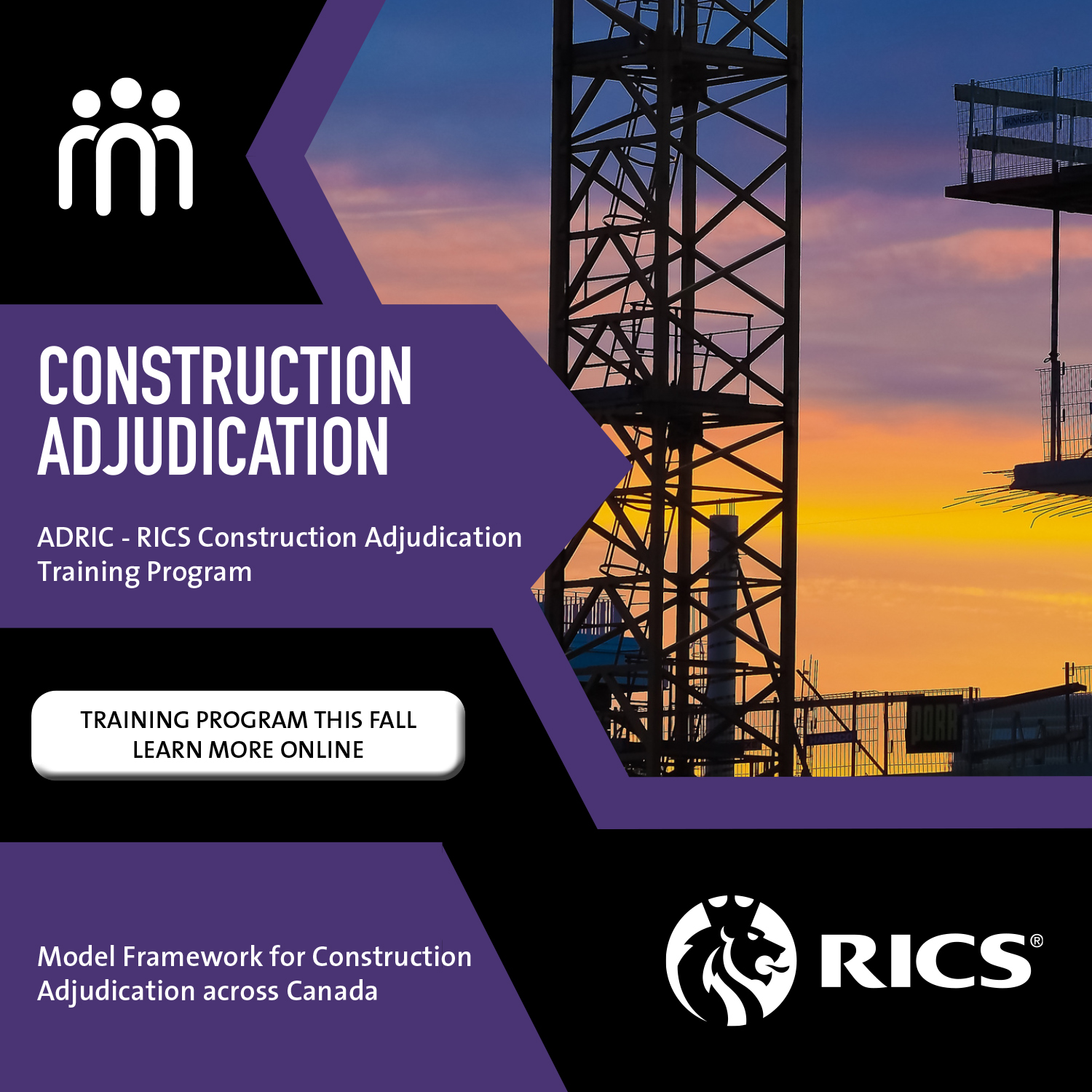
Utilizing AI-powered Tools In Arbitration
By Tracey M. Cohen, Roy Cotton-O’Brien and Alexandra Mitretodis

At present, arbitration rules and institutions offer relatively little guidance on the use of AI and GenAI in arbitration proceedings. This article provides tips on best practices for adopting AI-powered tools in arbitration proceedings and considers the potential opportunities and risks arising from the use of those tools, including the possibility of AI-powered arbitrators.
Guidance on AI use in Arbitrations
Some arbitration institutions have started providing guidance with respect to the use of artificial intelligence (“AI”) or generative AI (“GenAI”) in arbitration proceedings. The American Arbitration Association and International Centre for Dispute Resolution created an AI lab[1] and published a list of guiding principles for adopting AI,[2] the Silicon Valley Arbitration and Mediation Center published draft guidelines for leveraging AI,[3] and the ICC Commission on Arbitration published a report on leveraging technology tools, including tools with machine learning AI.[4]
This article provides some further guidance on the use of AI in the arbitration context.
How can AI-powered tools be used in arbitration?
E-discovery: E-discovery and document management platforms use large language models (“LLMs”) to make the document review process more efficient and accurate. These platforms learn from samples of documents reviewed by lawyers to determine responsiveness, relevance, privilege, and identify personally identifiable information.
Legal research and drafting: AI-powered platforms can provide relevant cases (including their treatment), legislation, summaries, precedents, key passages, and citations. Tools can also be used to assist in converting transcripts or notes of witness interviews into draft witness statements.
Transcription and translation: Voice recognition and speech-to-text technologies can auto‑generate transcriptions of witness testimony and oral hearings. AI and machine translation can be used to auto-translate text and voice for proceedings with foreign language documents and witnesses.
Predictive analytics: Arbitrator intelligence tools can be used by parties to assist with their due diligence in nominating arbitrators. These tools can analyze arbitrators’ past cases, including rulings on specific issues, the duration of the arbitral proceedings, and the arbitrator’s questions during oral hearings. This also helps parties identify and prevent potential conflicts of interest. These same tools can use machine learning algorithms and predictive analytics to analyze a collection of data and assess the likely outcome of a case. These tools can also assist with predicting legal costs.
Potential risks with AI
AI hallucinations: An AI hallucination occurs when a LLM generates false information. Arbitration practitioners should be mindful of the AI-generated content they rely on – whether from a chatbot or a research tool – and put in place reasonable processes to attempt to confirm that the results of the AI tool are accurate.[5]
Maintaining privilege: Meetings with clients are often being conducted using videoconferencing platforms where AI note-taking applications ‘attend’ these meetings to transcribe meeting notes and generate meeting summaries. Arbitration practitioners should take precautions to ensure privilege is maintained over these AI-generated meeting notes and summaries, as some platforms are not secure and tribunals may not deem the transcripts as being covered by solicitor-client or litigation privilege and could order the disclosure of these documents.
Privacy and confidentiality: AI requires large amounts of data to learn and generate content. Arbitration practitioners should ensure proper data privacy and security protections are put in place when using AI tools. Be wary of free GenAI tools because there is no way to know for sure that the information you are feeding into the tool will remain confidential. You need to ensure that the data does not end up in the hands of a third party.
Lack of transparency: LLMs must be fed with a high volume of data representative of the data that the model will encounter once it is deployed in order to ensure high accuracy. Because commercial arbitrations are typically private and confidential, the available data is more limited than in litigation. Further, this large volume of data creates what is known as the “blackbox AI” issue, as it is unclear what the AI system used and analyzed in generating its predictions or analysis. It is also important to ensure transparency in the arbitration process. The parties should discuss the use of GenAI in the proceedings and ensure that the tribunal is aware of the use of any GenAI.
Bias: AI is not free from bias. If there is bias in the input, there is going to be bias in the output. It is important to keep in mind when relying on GenAI content that AI systems can replicate the biases of the data they have been trained on, including gender, racial and other biases.
Regulatory compliance: Arbitration practitioners should ensure that any use of AI tools complies with regulations in the seat of the arbitration, the jurisdiction of the substantive law, and the place of enforcement. Parties could, for example, face potential enforcement challenges if AI was used in the arbitration proceeding in a way that is determined to be procedurally unfair.
What’s next: AI-powered arbitrators?
Given the advances and efficiencies of GenAI, it is possible to imagine some disputes being appropriate for an AI arbitrator. In fact, eBay and Paypal already resolve the majority of their disputes through an algorithm-driven online dispute resolution (“ODR”) platform. There are several other platforms attempting to incorporate AI in decision-making. Further, some courts around the world are implementing ODR platforms for traffic violations, small claims matters, warrants, and family matters.[6]
It is argued that AI arbitrators would be cheaper, well versed in all languages and laws in multiple jurisdictions, knowledgeable of all industries, available at all times, impartial and capable of being audited. However, even if that were true, an AI-powered arbitrator would likely lack emotional intelligence, context, judgement skills, the ability to reconcile errors and inconsistencies and the skills required to ensure due process and fairness. Further, while the New York Convention and the ICSID Convention do not expressly state that arbitrators must be natural persons, many arbitration laws and institutional rules require arbitrators to be natural persons and/or possess human qualities.
Embracing innovation and change
Arbitration is intended to be more efficient than litigation. Utilizing AI-powered tools can help arbitration practitioners achieve this goal. However, it is critical that it is transparent when these tools are being used, and that all information generated be reviewed for accuracy. It is also essential that practitioners make efforts to understand any potential risks, limitations, and biases.
[1] https://go.adr.org/aaai-lab-blog.html
[2] Principles Supporting the Use of AI in Alternative Dispute Resolution.pdf (adr.org)
[3] https://thearbitration.org/wp-content/uploads/2023/08/SVAMC-AI-Guidelines-CONSULTATION-DRAFT-31-August-2023-1.pdf
[4] https://iccwbo.org/wp-content/uploads/sites/3/2022/02/icc-arbitration-and-adr-commission-report-on-leveraging-technology-for-fair-effective-and-efficient-international-arbitration-proceedings.pdf
[5] See guidance from Canadian courts and law societies on the use of AI: Zhang v. Chen, 2024 BCSC 285; Law Society of BC Practice Resource; Court of King’s Bench of Alberta Notice to Profession; Supreme Court of Yukon’s Practice Direction; Court of King’s Bench of Manitoba Practice Direction.
[6] For example, China has established Internet Courts which use AI instead of a human judge to determine certain cases. There are also several states in the US with online dispute resolution programs where cases are electronically facilitated through the use of artificial intelligence.
Tracey M. Cohen, K.C., FCIArb, is a leading commercial litigator and arbitration practitioner. She is a partner in Fasken’s Vancouver office. Tracey co-chairs Fasken’s commercial litigation group in British Columbia and is the chair of Fasken’s National International Arbitration Steering Committee. She obtained her FCIArb designation in 2024 and is a member of WCCAS.
Roy Cotton-O’Brien is an associate in Fasken’s Vancouver office with a practice focusing on complex commercial disputes, including arbitration, appeals, and insolvency matters.
Alexandra Mitretodis is a Partner in Fasken’s Vancouver office with a practice in international and domestic commercial arbitration, commercial litigation and class actions. She has extensive experience with clients in the technology industry, as well as expertise in privacy and cybersecurity, competition and consumer protection matters. Alexandra is also a Director of the Vancouver International Arbitration Center.












